How Indian Cumin Seeds are Grown, Cleaned, and Exported Globally
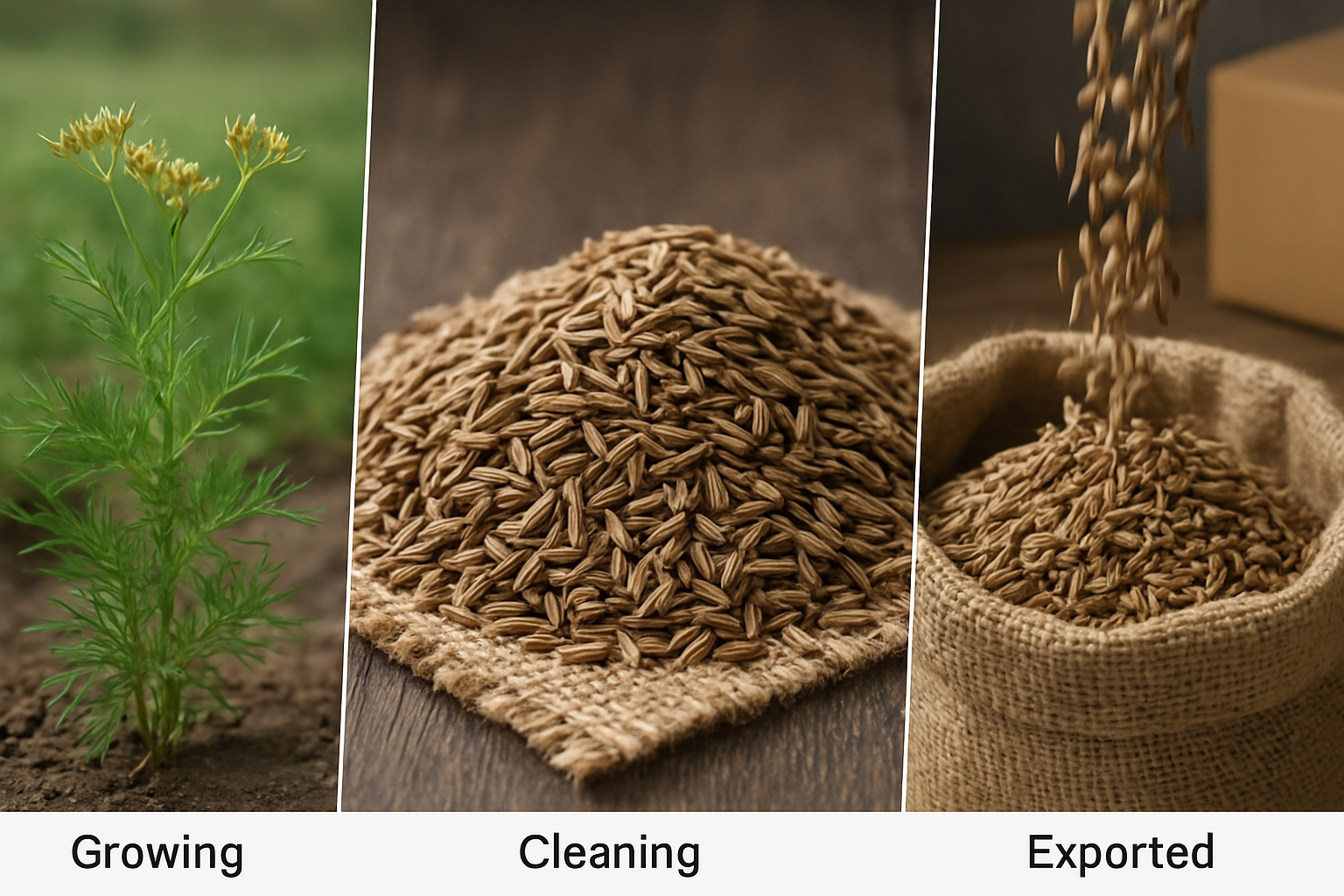
By Makemore | August 6, 2025
Introduction
Cumin seeds, known as “Jeera” in India, are among the most essential spices used globally. From tempering curries to seasoning bread, cumin adds earthy aroma and depth to countless dishes.
But how does this humble spice travel from the arid soils of India to the shelves of global kitchens? Let's dive into the fascinating farm-to-export journey of Indian cumin seeds with Makemore International LLP.
Step 1: Cultivation of Cumin Seeds
Ideal Growing Conditions:
Cumin grows best in dry, arid regions with sandy loam soil and low humidity. Indian states like Rajasthan and Gujarat are major producers.
Farming Process:
-
Sowing takes place in November–December.
-
Seeds are directly sown into well-prepared soil.
-
Minimal irrigation is needed – excess water can damage the crop.
-
The plant matures in about 100–120 days.
Step 2: Harvesting and Cleaning
Harvesting:
-
Cumin is harvested when the plants turn brown and the seeds mature.
-
Plants are uprooted manually and dried in the sun for a few days.
Cleaning:
Makemore International LLP ensures world-class hygiene with:
-
Mechanical cleaning
-
Air purification
-
Grading and sorting
-
Color sorting machines to remove impurities
This ensures pure, export-grade cumin seeds with maximum oil content and aroma.
Step 3: Packaging & Exporting
Packaging:
-
Packed in moisture-proof bags (25kg/50kg)
-
Vacuum-sealed or nitrogen-flushed bags on request
-
Custom branding and labeling available
Export Process:
Makemore follows a strict quality control protocol:
-
Lab testing for pesticide residue, aflatoxins, and microbiology
-
Adherence to FDA, FSSAI, and EU standards
-
Global shipments to USA, UK, UAE, Germany, and more
Why Choose Makemore International LLP?
-
Direct sourcing from trusted Indian farmers
-
State-of-the-art processing units
-
On-time global deliveries
-
Certified quality assurance
Makemore is not just an exporter — we’re custodians of purity.
Recent BLogs
-
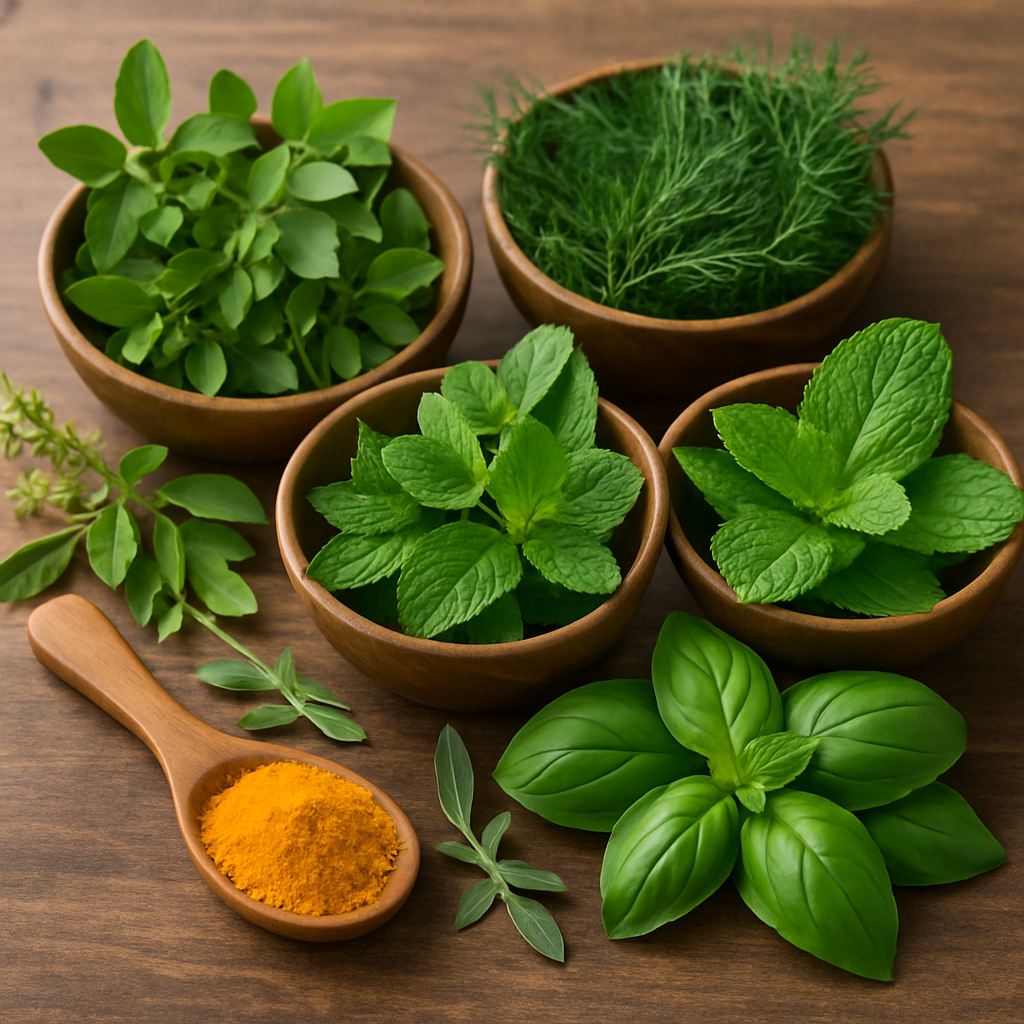 Top Indian Herbs in Global Demand
August 6, 2025
Top Indian Herbs in Global Demand
August 6, 2025
-
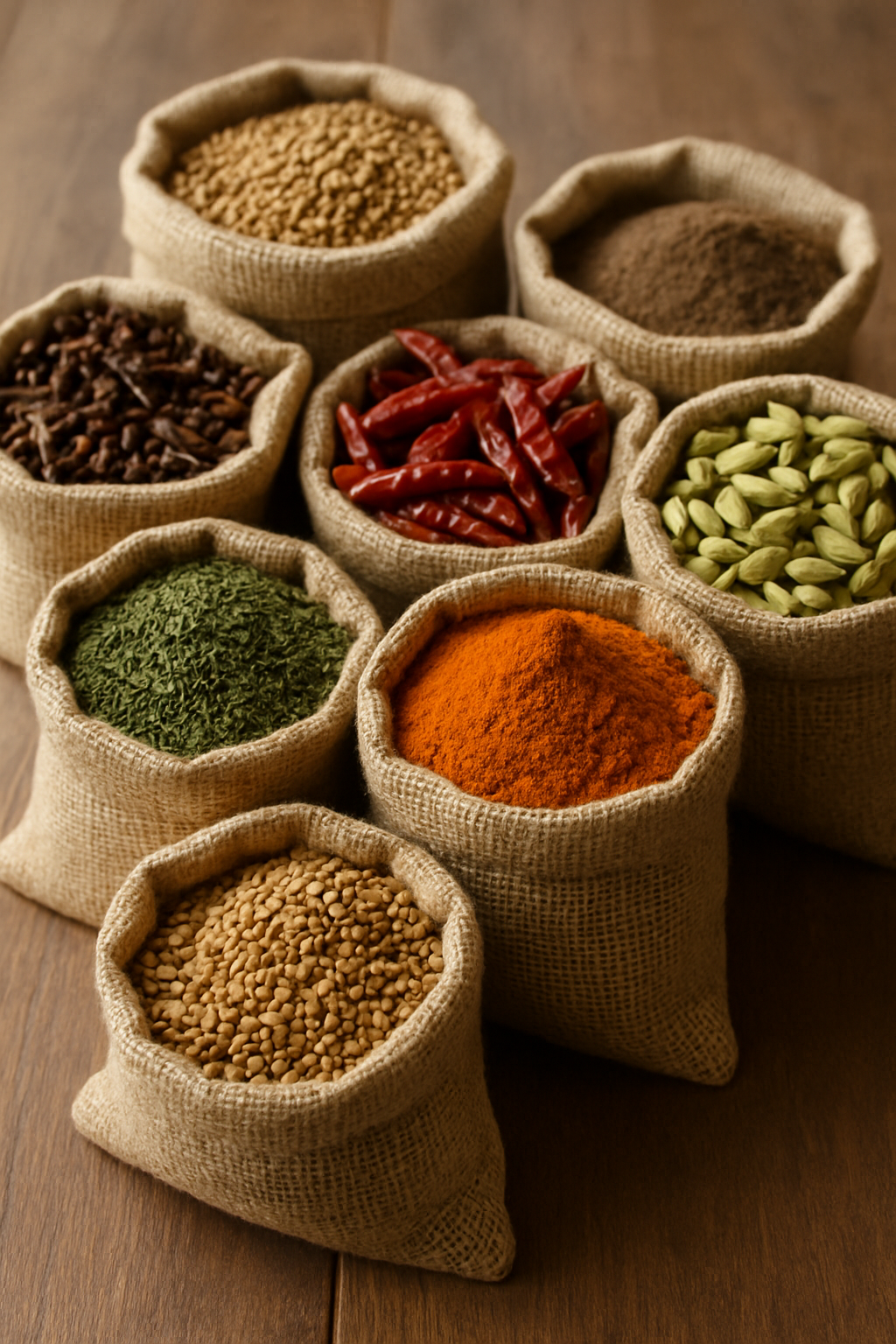 Benefits of Buying Spices from Indian Exporters
August 6, 2025
Benefits of Buying Spices from Indian Exporters
August 6, 2025
-
 How Indian Cumin Seeds are Grown, Cleaned, and Exported Globally
August 6, 2025
How Indian Cumin Seeds are Grown, Cleaned, and Exported Globally
August 6, 2025
-
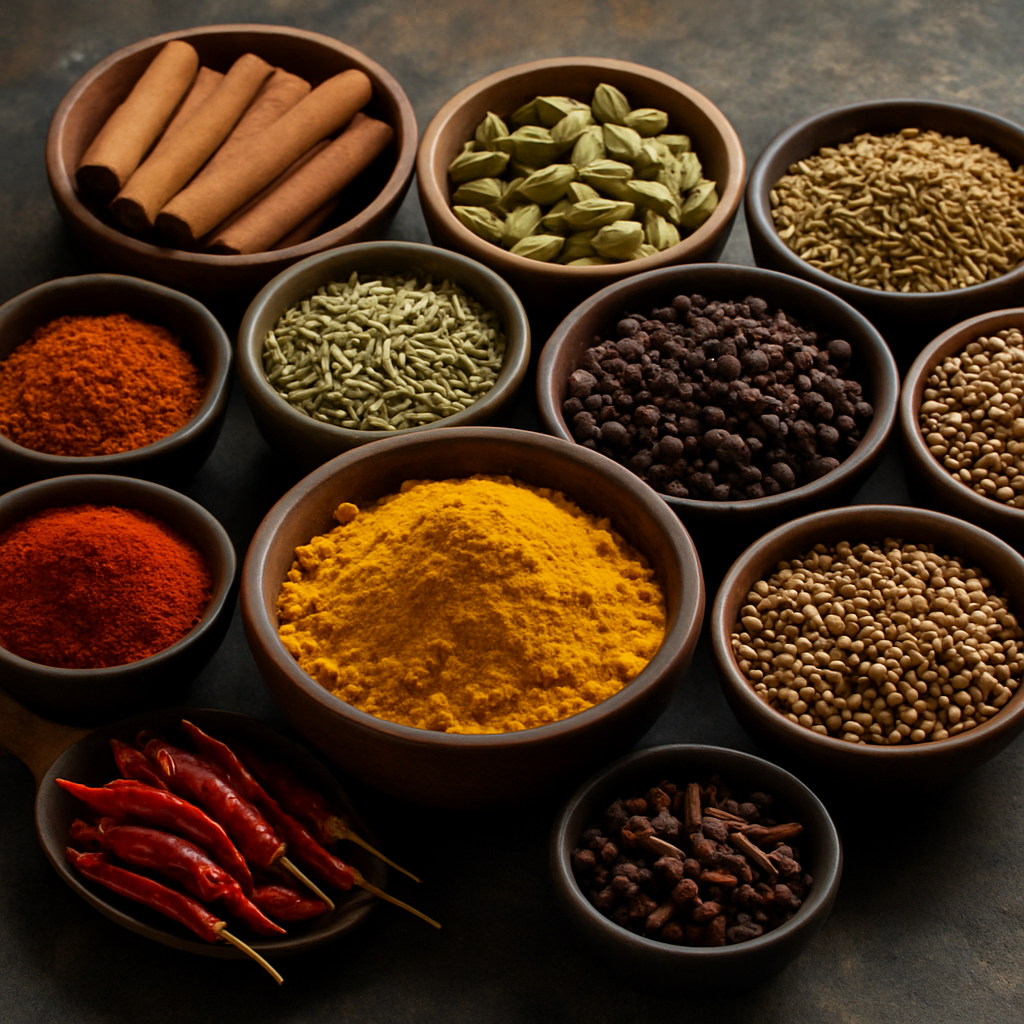 Top 10 Indian Spices That Rule Global Kitchens
August 6, 2025
Top 10 Indian Spices That Rule Global Kitchens
August 6, 2025
-
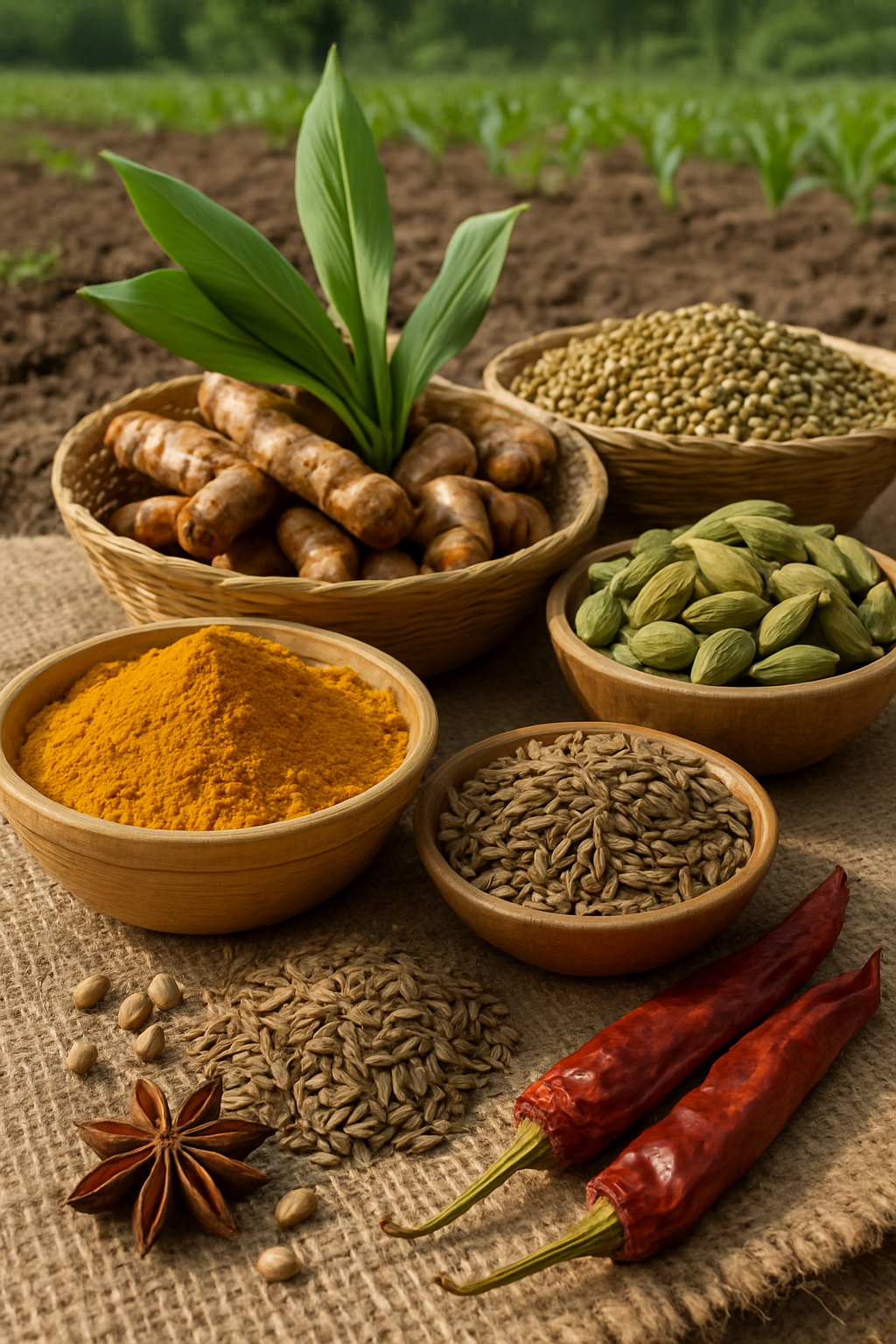 Growing Indian Spices – From Farm to World
August 6, 2025
Growing Indian Spices – From Farm to World
August 6, 2025
